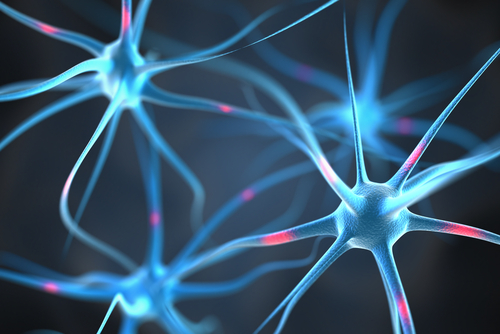Changing neuron size could hold key to new ALS treatments
IANS Mar 05, 2018
Improving prospects of identifying new treatment options for motor neurone disease, referred to as Amyotrophic Lateral Sclerosis (ALS), new research has found evidence that motor neurone change size over the course of disease progression.

ALS is associated with the death of motor nerve cells, or neurons. It starts with the progressive loss of muscle function, followed by paralysis and ultimately death due to inability to breathe. Currently, there is no cure for ALS and no effective treatment to halt, or reverse, the progression of the disease. Most people with ALS die within three to five years from when symptoms first appear. Previous studies in animal models of ALS have reported inconsistencies in the changes in the size of motor neurones.
This new study published in The Journal of Physiology sheds new light on how neurons respond to motor neurone disease. "This research approach could be applicable not only to ALS, but also to other neurodegenerative diseases, such as Alzheimer's and Parkinson's diseases," said lead investigator on the research Sherif Elbasiouny from Wright State University in Ohio, US.
"This new understanding could help us to identify new therapeutic targets for improving motor neurone survival," Elbasiouny added. The researchers found that different types of neurons experience different changes. Specifically, the study showed that motor neurone types that are more vulnerable to the disease -- that is, they die first -- increase in size very early in the disease, before there are symptoms. Other motor neurone types that are more resistant to the disease -- they die last -- do not increase their size.
These changes in the size of the motor neurones have a significant effect on their function and their fate as the diseases progresses, the study said. The hope is that by understanding more about the mechanisms by which the neurons are changing size, it will be possible to identify and pursue new strategies for slowing or halting motor nerve cell death. The research involved identifying and measuring size changes of motor neurone types in a mouse model of familial ALS.
The motor neurones were examined at every key stage of the disease to observe when and where these changes begin, and how they progress through the entirety of the disease. This research suggests motor neurones might alter their characteristics as a response to the disease in an attempt to compensate for loss of function.
-
Exclusive Write-ups & Webinars by KOLs
-
Daily Quiz by specialty
-
Paid Market Research Surveys
-
Case discussions, News & Journals' summaries